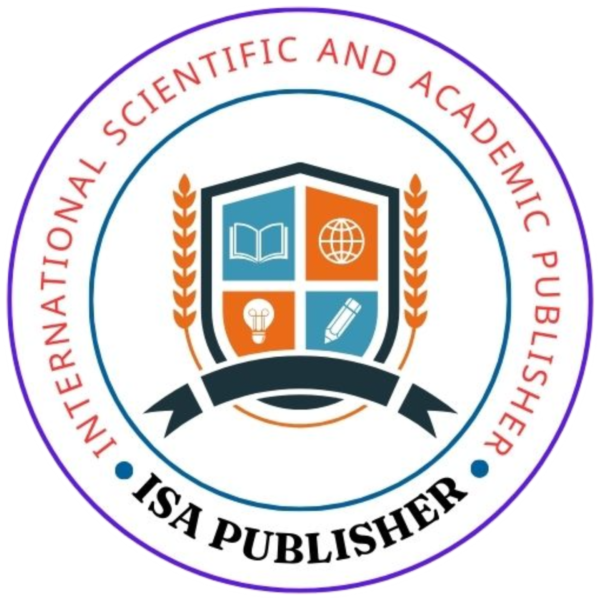Chronic Consumption of Neem Leaves Extract Affects Female Reproductive System of Adult Wistar Rats
- ONAYIGA OI1, FAPOHUNDA DO1, BAMIRO AS1, AJISEGIRI SB1, MAKANJUOLA SBL2,6, OKOYE II3, UMOREN GA1, AJUONUMA UJ4, AJUONUMA MU4, CHUKU CL5, OFFIONG J6, AJONUMA LC1, 6*
- DOI: 10.5281/zenodo.16732896
- ISA Journal of Medical Sciences (ISAJMS)
Neem (Azadirachta indica L.) have been used traditionally as treatment for some animal and human diseases in many African countries, most especially Nigeria. More so, due to the environmental compatibility of Neem products; lack of resistance development to them and their harmless nature on non-target organisms, Neem have been integrated in folkloric medicine. Although, studies have shown that Neem possess anti-fungal, anti-inflammatory, insecticidal, bactericidal and immuno-modulating potentials. However, there have been recent suspicions that the plant may possess anti-reproductive properties. To address this gap, this study was carried out to evaluate the effects of Neem leaves extract on female reproductive system in adult Wistar rats. Fifteen (15) female Wistar rats were randomly divided into three (3) groups (1,2,3) each. Group 1 were administered 0.5mls of normal saline daily, group 2 were administered with 0.6mls of Neem oil extract while group 3 were administered with 1.2mls of Neem oil extract, via oral gavage for six weeks. Rats in each group were sacrificed after six (6) weeks of prolonged ingestion of Neem leaves extract and tissue samples of ovaries and uteri were excised for histological processing. Sera obtained from the rats were assayed for gonadotropins (Follicle stimulating hormone, FSH and Luteinizing hormone, LH) and sex steroid hormones (Estradiol, E2 and progesterone), using Enzyme-linked Immunosorbent Assay (ELISA). Vagina smear was done for six weeks. Serum hormonal level changes of FSH, LH, E2 and progesterone for the test groups were not significant when compared to the control. There were histopathological changes in the tissues of the ovaries and uteri of the test groups compared to the control. There was also irregular pattern of oestrus cycle (prolonged diestrus, reduced oestrus and proestrus, rare metestrus). Its prolonged consumption may severely interfere with female fertility.

